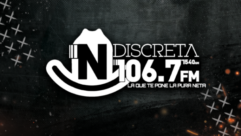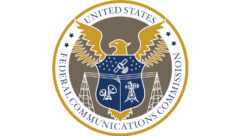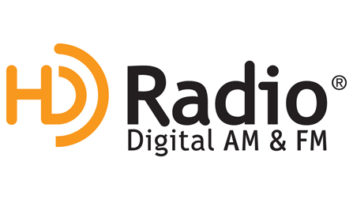On Sunday morning of the NAB Show, Dave Kolesar, senior broadcast engineer at Hubbard Radio, and Paul Peyla, director of systems engineering for Xperi Corp., will discuss “HD Radio Advanced FM Service Modes” and the results of field tests at WTLP(FM) in Braddock Heights, Md., near Washington. We asked Kolesar about it.
Radio World: Why is this important?
Dave Kolesar: FM radio stations need to think about the future in many ways, including the nature of terrestrial broadcasting. The advanced service modes tested on-air last year at WTLP all offer additional data capacity, with some offering backwards compatibility with existing modes.
How to take advantage of the additional bandwidth is still an open question. Will a station benefit by offering more audio subchannels, or perhaps from the transmission of additional data services? Perhaps a subscription audio service might work.
Thinking about the next generation of terrestrial digital services is imperative to keeping FM stations relevant, compelling, and profitable in the years to come.
RW: What was the goal of that testing and what was the process?
Kolesar: The goal of the tests last year at WTLP was to verify laboratory testing of the new FM HD service modes in a real-world setting. It’s one thing to posit a theory concerning how well a system will work and test it in a controlled environment. It’s quite another to put the modes on the air and drive around.
That’s exactly what we did: we used an off-the-shelf transmitter with a custom-programmed exciter, and used the Xperi test van to travel certain routes, allowing us to document signal performance in specific environments — hilly, flat, urban, suburban, rural and so forth. Then we compared our results to the laboratory tests to see how closely the predictions match up with reality.
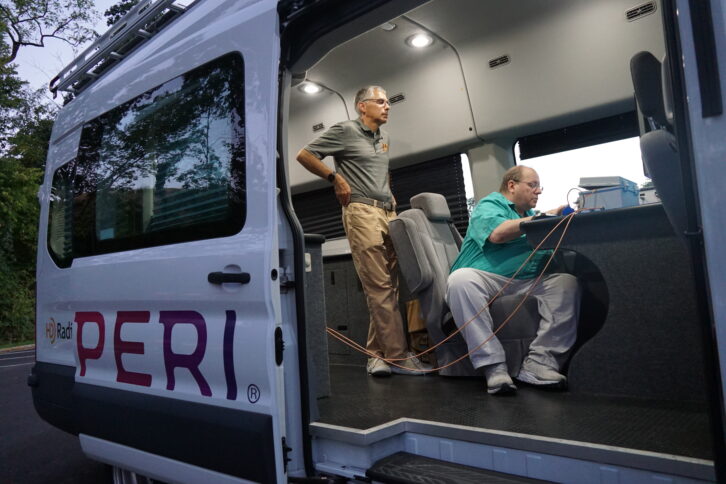
RW: Briefly summarize the results that you’ll explore during the session.
Kolesar: For each route, we compared the availability of the signal with laboratory testing under a similar condition. Of course, we should expect a coverage penalty for more advanced modulation schemes, and we saw that. However, it was quite satisfying to see that the predictions based upon the laboratory tests tracked with what we saw in the real world, giving us confidence that the coverage areas of the new HD Radio service modes can be predicted with a good degree of accuracy.
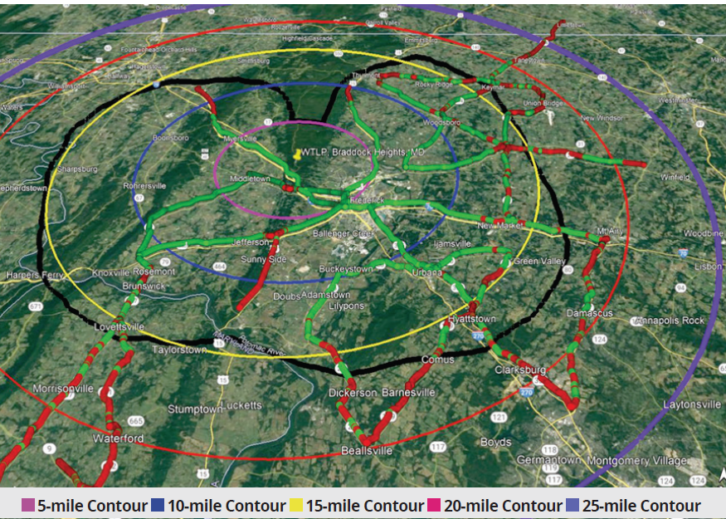
RW: Anything else we should know about your session?
Kolesar: Xperi has been working very hard to bring these new service modes into fruition, and Paul Peyla directed these tests. It has been an honor and a privilege — not to mention a lot of fun — to work with him, Jeff Baird and Mike Raide to make this project a reality. Many thanks to everyone who helped with this.
RW: What other trends or topics do you expect will be discussed during the BEITC?
Kolesar: I would fully expect to see and participate in a discussion about connected radio systems. Radio stations must use the data connections increasingly available in cars to provide as compelling of a user experience as possible.
HD Radio also plays an integral role in connected radio platforms, and I’d like to see the importance of digital transmissions and proper metadata execution discussed as essential to the modern listener experience. All of these things together help broadcast radio stay competitive by looking, sounding and feeling like all other audio services in the dashboard.


